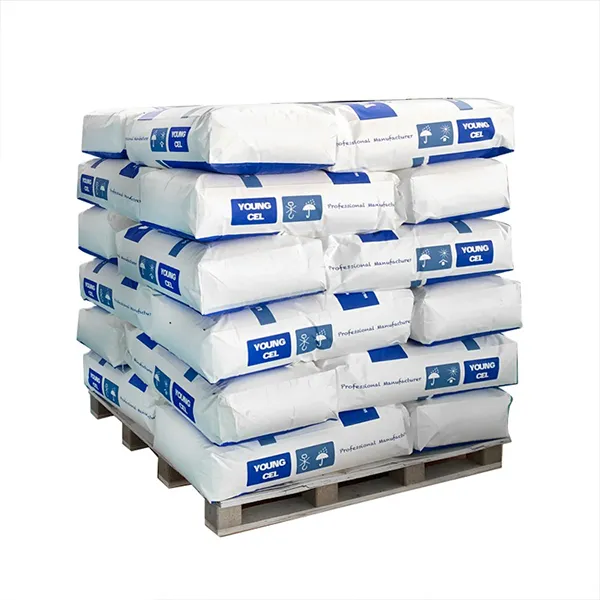The Benefits and Applications of Cellulose Glue
Cellulose glue is a type of adhesive derived from cellulose, a natural polymer found in the cell walls of plants. As a renewable resource, cellulose provides a sustainable and environmentally friendly alternative to many synthetic adhesives available on the market. The growing interest in sustainable materials has led to an increased application of cellulose glue in various industries, including woodworking, paper products, and crafts.
One of the primary benefits of cellulose glue is its excellent bonding properties. When applied, cellulose glue forms a strong bond between surfaces, making it ideal for a variety of applications. Its versatility allows it to be used on different materials, including wood, paper, cardboard, and some fabrics. This makes it particularly popular among artisans and hobbyists who work on projects requiring strong adhesion without the harsh chemicals often found in synthetic glues.
Another significant advantage of cellulose glue is its non-toxic nature. Unlike many commercial adhesives that contain harmful solvents and VOCs (volatile organic compounds), cellulose glue is generally considered safe for use. This characteristic makes it an excellent choice for applications in children's crafts, home improvement projects, and in any environment where health and safety are a priority. Furthermore, because it is biodegradable, cellulose glue poses less risk to the environment, promoting a greener alternative for consumers.
Cellulose glue also boasts impressive performance in terms of flexibility and durability. Once dried, it adheres well to various substrates and maintains its flexibility, allowing bonded materials to withstand stress and movement without breaking the bond. This property is particularly valuable in woodworking, where the expansion and contraction of wood can often compromise the integrity of an adhesive bond.
cellulose glue

In addition to its use in woodworking, cellulose glue is widely utilized in the production of paper products. It is commonly used in bookbinding, where it provides strong and durable spines while remaining flexible enough to allow books to open freely. The publishing industry appreciates the use of cellulose glue not only for its bonding properties but also for its lessened impact on the environment compared to traditional adhesives.
In the craft world, cellulose glue is favored for its ease of use and clean application. Many crafters appreciate that cellulose glue typically dries clear, allowing for neat finishes that do not detract from the aesthetic of the project. Whether it’s for creating models, building furniture, or simple arts and crafts, cellulose glue provides users with a reliable bonding option that is user-friendly.
Despite its many advantages, cellulose glue does have some limitations. It generally takes longer to dry compared to instant adhesives, requiring users to clamp materials together or allow for a longer curing period. Additionally, while cellulose glue is water-resistant once cured, it may not hold up as effectively in extreme moisture conditions compared to some synthetic counterparts. Thus, it is important for users to consider their specific application needs when choosing cellulose glue.
In conclusion, cellulose glue is a versatile and eco-friendly adhesive option that provides strong bonding capabilities for a wide range of materials. Its non-toxic nature makes it suitable for use in a variety of settings, particularly where safety is paramount. From woodworking to craft projects and paper production, cellulose glue stands out as a reliable alternative to synthetic adhesives, aligning with an increasing trend towards sustainability and environmental conscientiousness. As more consumers and industries seek greener solutions, the popularity and application of cellulose glue are likely to continue growing in the future.
-
Rdp Powder: Key Considerations for Wholesalers in the Building Materials IndustryNewsJul.08,2025
-
Key Considerations for Wholesalers: Navigating the World of Hpmc - Based ProductsNewsJul.08,2025
-
Hpmc Detergent: Key Considerations for WholesalersNewsJul.08,2025
-
Key Considerations for Wholesalers: China Hpmc For Tile Adhesive, Coating Additives, Concrete Additives, and MoreNewsJul.08,2025
-
Crucial Considerations for Wholesalers: Navigating the World of Construction MaterialsNewsJul.08,2025
-
Key Considerations for Wholesalers Sourcing Additive For Cement, Additive For Concrete, Additive For Putty from Additive Manufacturer Shijiazhuang Gaocheng District Yongfeng Cellulose Co., Ltd.NewsJul.08,2025




